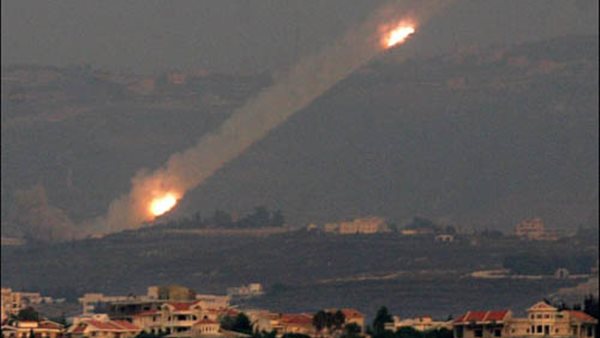
CROSSFIREARABIA – Finally, and after nearly three weeks of trying Israeli tanks, Monday, managed to enter Ayta Al Shaab, the little town, one kilometer away across the border into southern Lebanon.
Ever since 1 October, 2024, Israeli ground troops have been trying to enter from the south and south-east of the country but to no avail.
Now and with Ayta Al Shaab, the Israeli army are appearing to make the final push beyond the Lebanese-Israeli border; before that, Jewish soldiers have been trying to cross into southern Lebanon but with not much success.
They were moving just a few hundreds kilometers into Lebanese territory and then retreating due to the stiff resistance of the Hezbollah fighters. This area of Lebanon is regarded as tough Hezbollah territory where holding on to the homeland is a source of pride.
However, the latest Israeli incursion is a first and may just be the beginning of a long-drawn out bitter battle. But Hezbollah officials led by the Deputy Secretary-General Naim Qassem are saying that the party is ready and waiting for the Israeli tanks which means that the fighters are prepared and want such eventuality.
These Israeli soldiers in tanks managed to enter this small town by the extensive bombing of the place from the air over the past few weeks leading to it mass destruction and the scurrying of its people further up north for safety. So, basically the town now lies empty of civilians.
But this doesn’t mean the fighters have gone. They lie in waiting. Indeed, already there is talk of fierce fighting and clashes between Hezbollah fighters and the invading Israeli forces.
Observers are saying that entering Ayta Al Shaab or any other place in southern Lebanon such as Maroun Al Ras, Wadi Rmiesh, Dabel, Bint Jbeil, Ramia and Al Quzah, is one thing, but can the Israeli army maintain its presence in these areas.
Its one thing to invade but it’s another to enforce control and continue to move forward to other villages and towns of southern Lebanon.
This is doubly doubtful because of the spread of the Hezbollah fighters who are proving a formidable force fighting the Israelis inside Lebanon despite their air superiority and launching rockets and missiles across the border into northern Israel and creating much havoc, destruction and fires.
Here national consciousness and resistance against enemy forces are at the ready.
The major challenge however, is the entry of the Israeli troops, who have up until now been kept at bay.
However, Ayta Al Shaab is a tough nut to break, having already proved itself in an earlier battle with Israel where the town stayed steadfast and fought for 33 days till Israeli soldiers were forced to depart from Lebanon.
That was in 2006 when Israel invaded the country in a major war that lasted for 34 days.


 Houthis:
Houthis:




